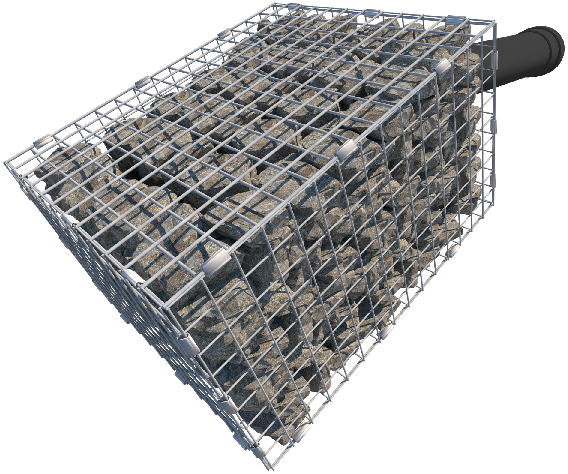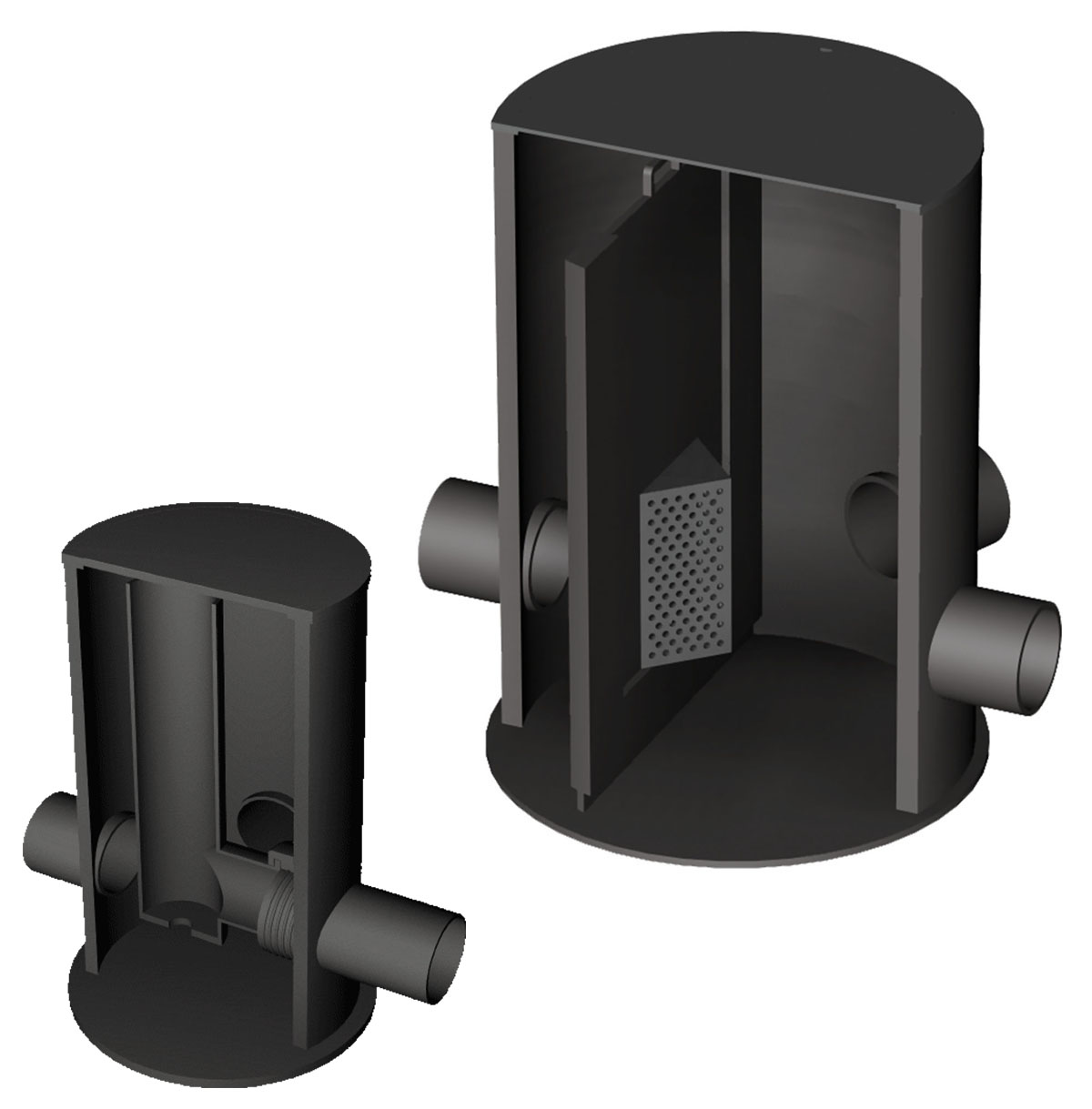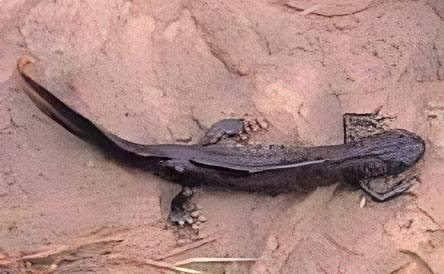Characteristics of Flow Controls
The Key to Efficient SuDS
Nature based SuDS, anticipated for new standards in 2024, are generally shallow as they mimic natural drainage at the surface of the landscape.
In common with conventional piped drainage, SuDS have to deal with polluted silt from urban surfaces. Conventional piped drainage endeavours to manage silt within the drainage system using the gully pot to collect road runoff and silt collection within the pipe system.
In contrast, SuDS intercept silt and begin treatment of pollution ‘at source’ in the landscape to create clean runoff to protect people and the downstream environment as soon as possible. Therefore, SuDS flow controls and the collection of runoff must prevent silt entering and blocking flow controls that often reduce flow dramatically to greenfield rates of runoff.
The Controflow range of flow controls manage this dilemma using the ‘protected orifice’ principle. It is achieved either by collecting rainfall though permeable surfaces that intercept silt ‘at source’ or by slowing the flow of runoff in storage features, usually with vegetation cover, that trap silt ‘at source’ before employing the ‘protected orifice principle’.
Once most silts have been trapped and deposited within a ‘source control’ feature, water passes through a filter such as a stone filled stainless steel Controflow SuDS Basket, that removes floating debris and prevents accidental blockage or tampering before the flow control.


Eliminating Blockage Risk
All openings in drainage systems are at risk from blockage irrespective of the size of the opening. Controflow flow controls address this risk using the protected orifice principle.
Permeable paving itself provides a complete protection to the flow control orifice. Open vegetated features rely on a combination of vegetation to trap debris that is heavier than water, including silt, and inclined outlet baskets with stone fill to prevent floating debris entering the flow control chamber.
An internal overflow provides an overflow when storage volumes are exceeded or as an onward flow to a subsequent storage structure. Orifice openings regularly go down to 10mm and in more than 20 years there has not been one report of blockage.
An annual inspection and clean is recommended for the chamber.

The SuDS Approach
There are three main concepts in SuDS design that require the use of flow controls: ‘source control’, the ‘sub-catchment’ concept and the ’management train’. All three characteristics require flow controls to enable the containment and treatment of pollution and efficient storage of runoff.
The use of flow controls allows the management of runoff from development to mimic natural drainage and the delivery of a ‘controlled flow of clean water to the environment’.

Flow Controls for all SuDS
Controflow flow controls are designed for all situations. The range includes: the Controflow Universal 500, with a removable orifice plate and integral overflow, limited only by the outlet pipe diameter; and the Controflow 300 Mini that is particularly suitable for permeable pavement with a 100mm overflow. An exceedance route is recommended in all situations for the management of exceptional storms.
All Controflow chambers are easily accessible at the surface by one person and can be cleaned if required using a commercially available ‘wetvac’ suction cleaner, although most chambers continue to function perfectly without regular maintenance if the ‘protected orifice’ principle is followed in the design process. Controflow can also help prevent wildlife from becoming trapped in flow control chambers: please contact us for advice.

